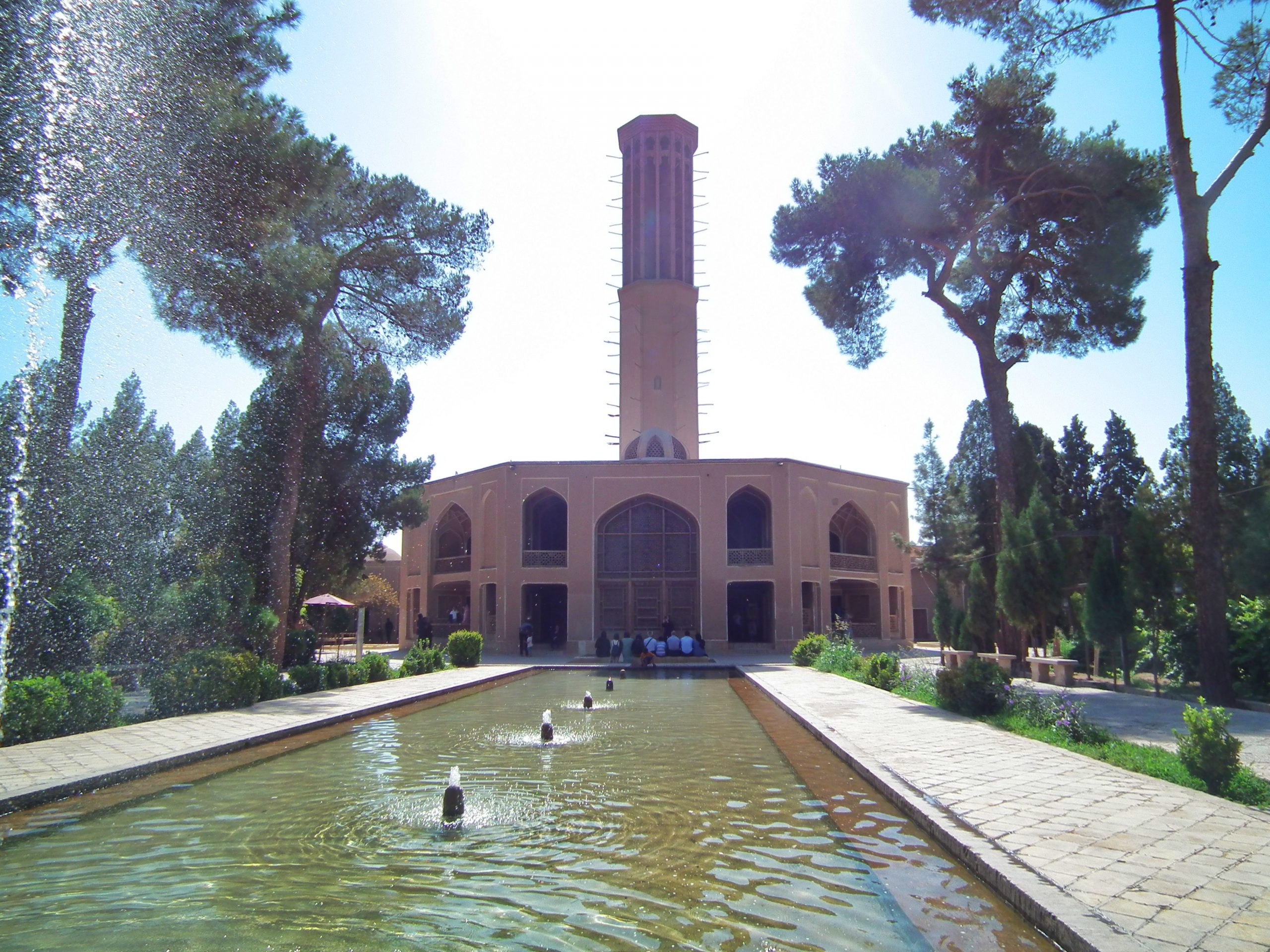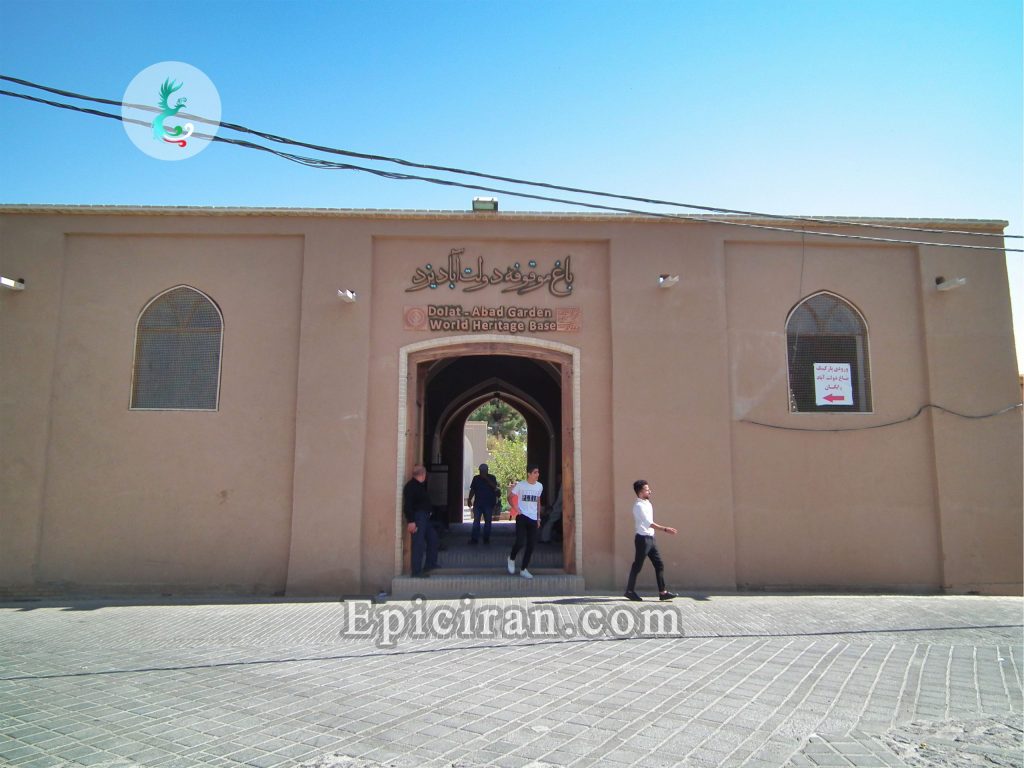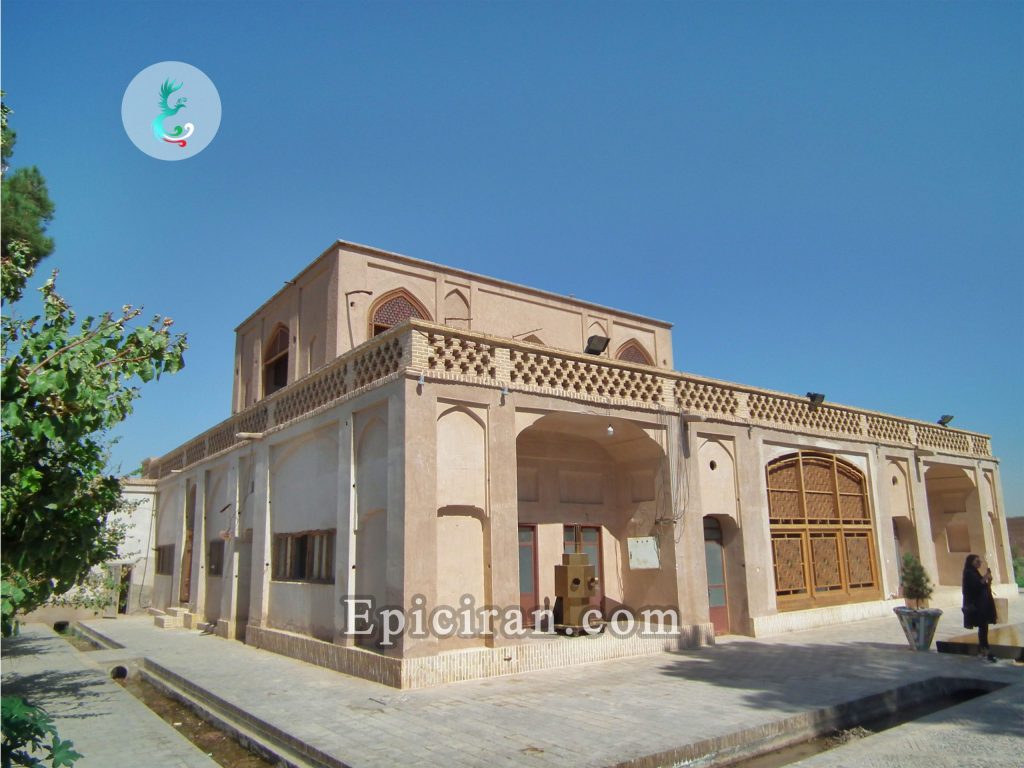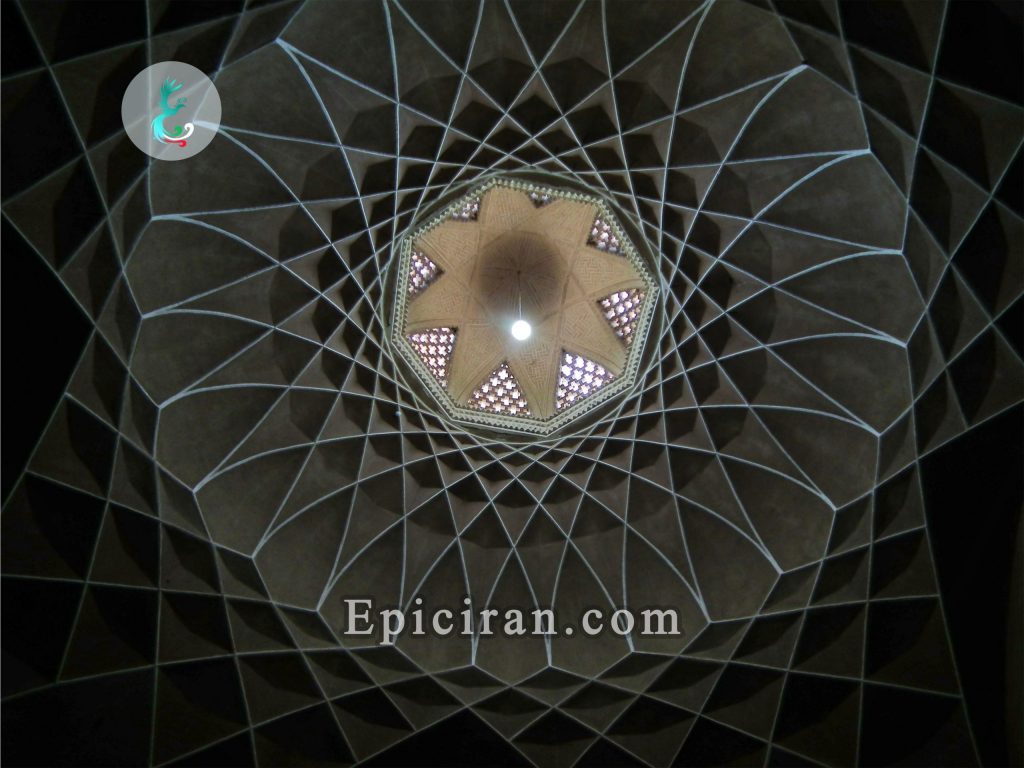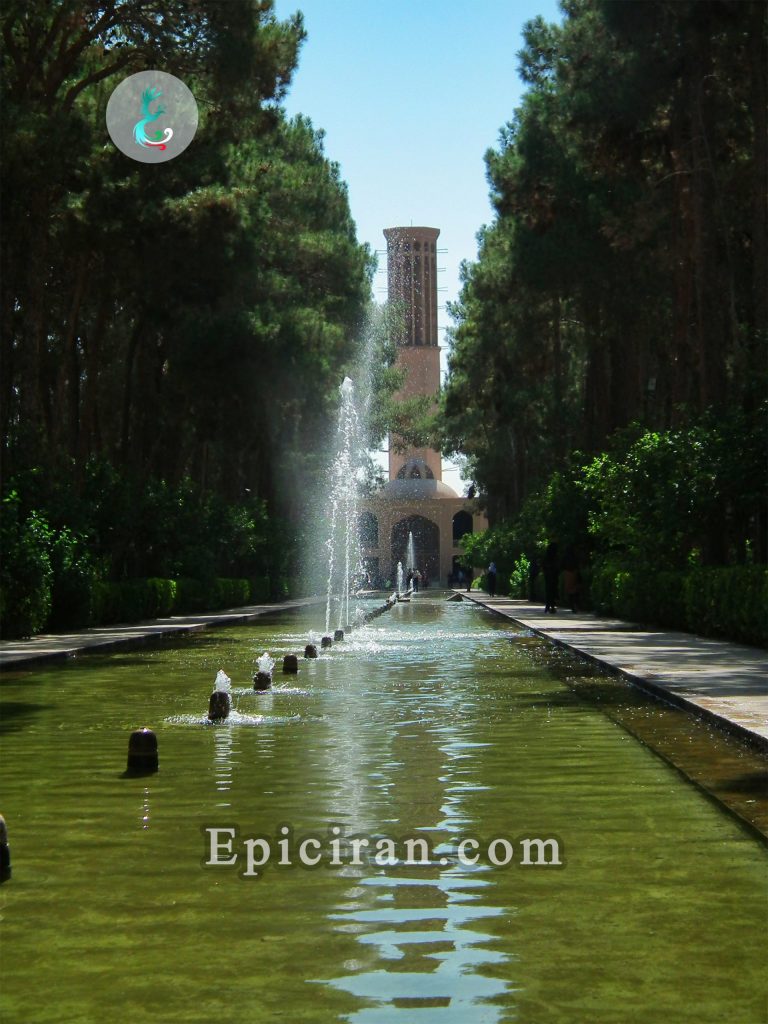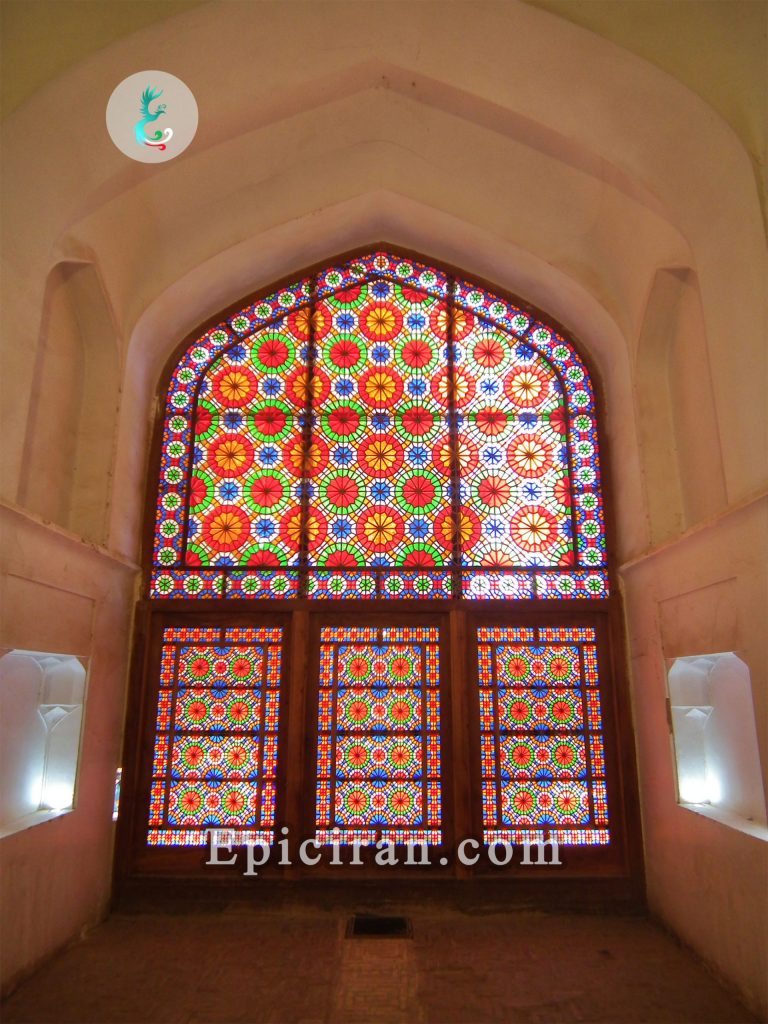Dowlat Abad Garden of Yazd is one of the ancient gardens of Yazd city, which is famous for the ancient buildings which are inside this garden. The garden was constructed during the late Afsharid period in 1747 by Mohammad Taghi Khan Bafaqi (ruler of Yazd in that period) and was home to him and his family.
Dowlat Abad Garden has an area of about 7 hectares and is divided into two parts: inner (Andaruni: In traditional Persian residential architecture, the andaruni, is a part of the House in which the private quarters are established. This is specifically where the women of the house are free to move about without being seen by an outsider) and outer (Jelokhan). The ruler and his family lived in Andaruni. This section contains other sections such as a vestibule (in Persian Hashti), a harem (the domestic spaces that are reserved for the women of the house in a Muslim family), a Matbakh (kitchen), a private Ab Anbar (a traditional reservoir or cistern of drinking water in Greater Iran in antiquity) and etc. The vestibule, which is the most important building of Dowlat Abad Garden, has a wind tower with a height of 33.8 meters, which is also the world’s tallest adobe wind tower. The wind tower used to flow the wind in the hot weather all over the Shahneshin section of the halls and caused the air inside the vestibule to be cooled.
The outer section is the other important part of this Garden which includes a front porch (Jelokhan) and a portal, The Mirror Hall, Tehrani mansion, a public Ab Anbar and two Bazaarche (small bazaar).
Dowlat Abad Garden is surrounded by a tall adobe wall and a watchtower. Dowlat Abad Garden is located in the Chahar Menar quarter of Yazd. The main entrance of the complex is located on Shahid Rajaii Street and the other one is located in Dowlat Abad Boulevard.

